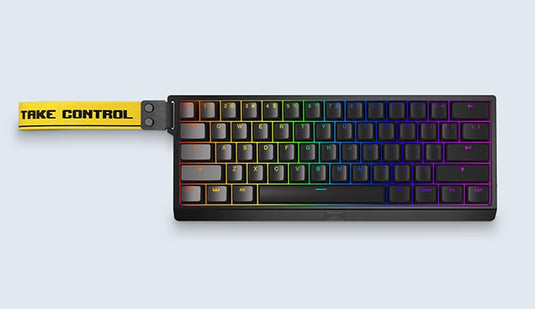Mechanical keyboards can provide a more comfortable typing experience than popular rubber-dome keyboards, and people are assembling their own using parts they order online.
There's a vibrant mechanical keyboard community online, with enthusiasts swapping tips and sharing photos of their latest builds. Some people even 3D-print their own keycaps — the colorful plastic caps that cover the keyswitches — to give their keyboards a unique look.
Old-fashioned keyboard are becoming a thing of the past, a dinosaur amongst your typical old-style office-enjoyers. The mechanical keyboard has risen in recent years to take the place of its predecessor for a variety of reasons that we’ll explore.
What are mechanical keyboards? How are they different from regular keyboards?
Mechanical keyboards are built with actual mechanical switches under each key, as opposed to the use of rubber domes found in regular keyboards. When you press a key on a mechanical keyboard, you activate a switch that completes a circuit, sending a signal to your computer telling it to register the keystroke.
There are several different types of mechanical switches, each with their own unique feel and sound. Some mechanical switches are designed to be quieter than others, while some have a distinct “click” sound when activated. Mechanical keyboards have actual physical switches under each key, instead of the rubbery, jellyfish-like membrane found in most keyboards.
Above all, mechanical keyboard fans are a passionate bunch. They love to compare the feel of different mechanical switches, and they’re always on the lookout for just the right keycaps — the plastic caps that sit atop each switch. Some people even make their own artisan keycaps out of wood, metal, or resin.
I started wondering if I could build my own mechanical keyboard. It turns out, it’s not that hard — you can buy all the parts you need online, and there are plenty of guides to help you put it all together.



